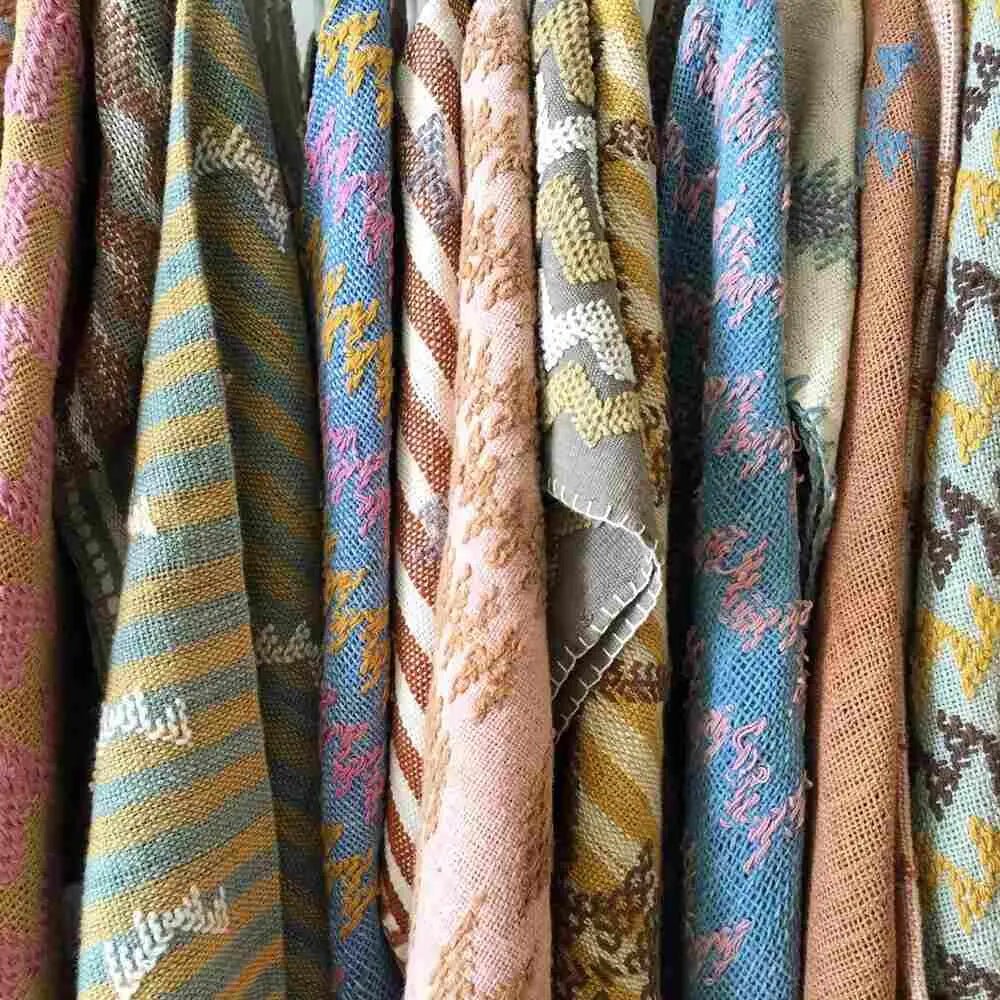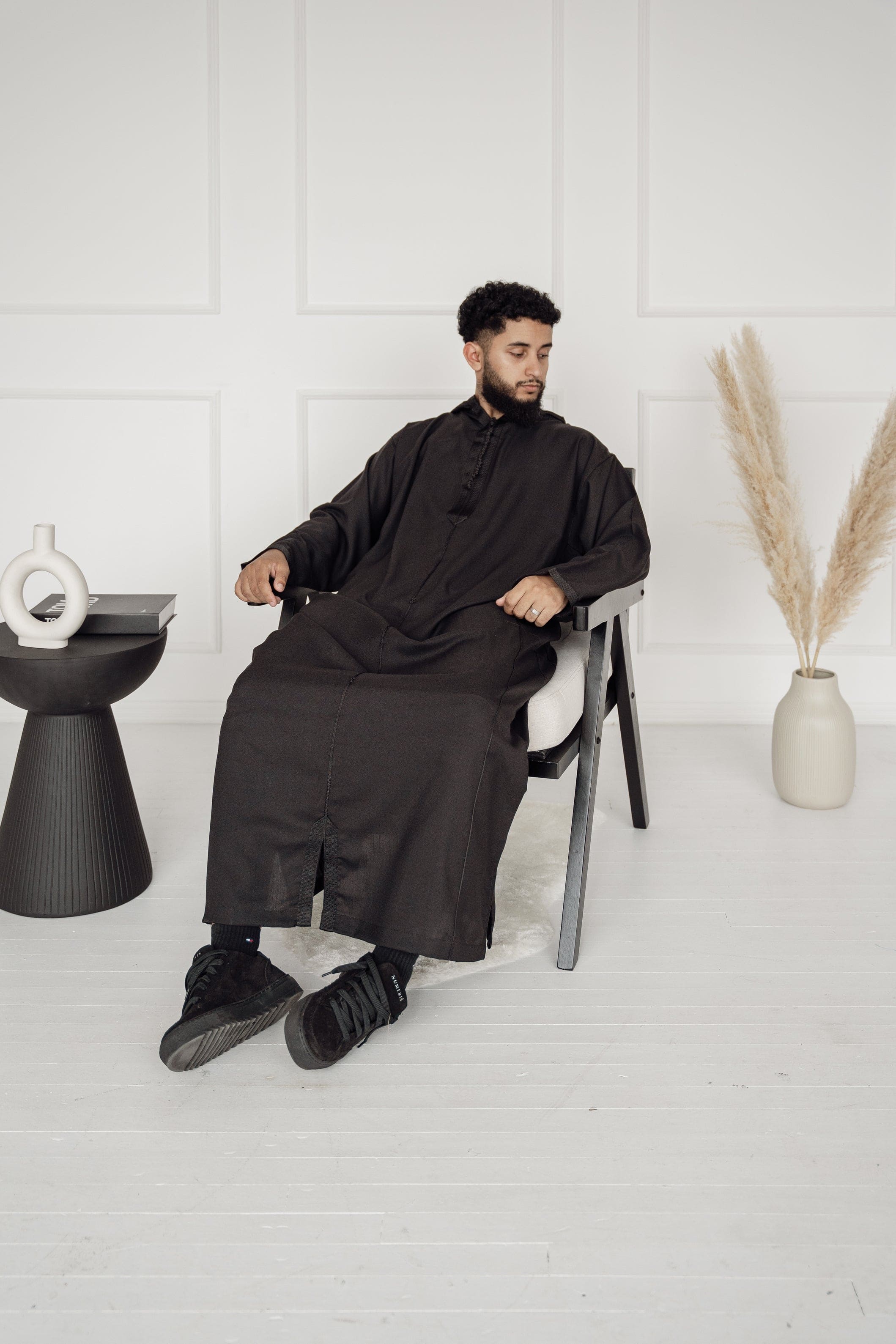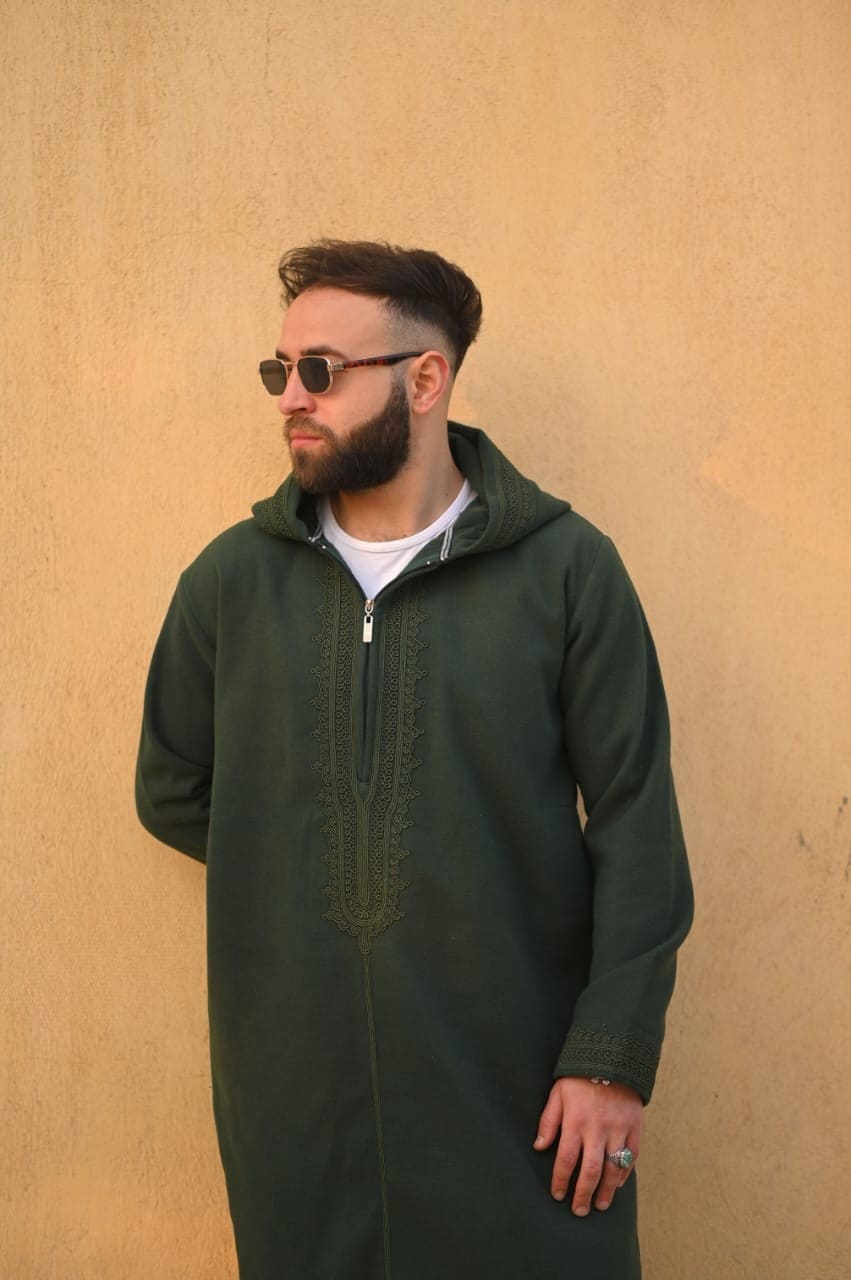Finding answers to are kaftans cultural appropriation can be overwhelming. Let’s simply discuss the discussion right from the start. Imagine working on a project, and you get an F. Someone else copies the same project and scores an A. It feels terrible, right?
This is the most straightforward way to elucidate the concept of cultural appropriation. Cultural appropriation refers to a situation when a member or majority of a dominant society oversimplifies or makes destructive criticism about the customs and ideas of another minor society. It takes place when the cultural elements of one (minor) society are adopted by an influential community in a stereotypical, disrespectful, or exploitative manner, hurting the sentiments of the sufferer.
Historical and Cultural Perspective of Kaftans
It is originated from ancient Mesopotamia but are now known worldwide. They are typically designed as long-flowing garments worn by several cultures across different regions. Back then, this dress was common among men and women – both demonstrated an enriched cultural picture of status, wealth, and power.
Kaftans for men were usually monochromatic, while the diversity of kaftan for women has always been culturally superlative. Based on the occasion, women used to wear kaftan either sober, mildly, or luxuriously embellished with stones. In addition, the choice of fabric is the most important decisive factor concerning the inhabitant’s weather and the event to be attended at what time of the day.
Nowadays, These are not restricted to the Arabs of the middle eastern region, but their limitlessness has spread its wings worldwide. Different cultures have designed and modified their attire concerning their styling preference.
Click here to check out our Moroccan kaftan collection.
Explore the Depths: Are Kaftans Cultural Appropriation?
It is essential to explore the core concepts behind are kaftans cultural appropriation or not, or else the likelihood of turning this discussion into an unending debate would give rise to flared-up consequences. Caucasian women wearing henna tattoos and dashikis – traditional African caftans and American tourists wearing turbans with heavily embellished kaftans are a few examples where the public would naturally turn judgmental.
From the examples mentioned above, multiple thoughts can be deduced. An optimistic and normal perspective suggests that there might be a possibility that the Americans are on a trip to middle eastern regions. Similarly, Caucasian women adore African attires or Asian henna designs. Such positive thoughts are helpful to elucidate your query, ‘Are kaftans cultural appropriation?’.
Considerations Regarding Kaftan Appropriation
The global influence of kaftans raises questions if Arabic attires cultural appreciation or kaftan cultural appropriation. Before adopting the norms of any region, it is essential to pay attention to the following considerations:
Self-Education
Before adopting any aspect of a different culture, it is vital to educate yourself about the norms of that culture, its significance and appropriate contexts for wearing them. This awareness shows a genuine interest in honouring that culture.
Avoid Cultural Exploitation
Culture shouldn’t be treated as just a fashion trend. Honouring the attires of middle eastern regions is essential to accept at a broader scale rather than making it a one-dimensional accessory.
Appreciate and Acknowledge
If you plan to incorporate it in your wardrobe, appreciating that inspires you is essential because giving credit is ethical and wise instead of labelling the dress as your creation.
Authentic Sellers and Dealers
Prioritize purchasing kaftans from those who have a direct link with the cultural originality Such minor yet important considerations encourage reliable artisans and craftsmanship and certify a positive rise in the economic conditions of the sellers.
Conclusion:
Searching for solutions to ‘Are kaftans cultural appropriation?’ demands an equally detailed understanding of cultural appreciation. Engaging with such modest outfits must demonstrate respect, appreciation, and willingness to learn more about it rather than flaunting them to stay in the trend. Acknowledging cultural origins and gearing up the kaftan-making communities and brands of kaftans, together with fashion industries, we can transform the verbal exchange from cultural appropriation to amicable cross-culture appreciation.
Shop at New Arabia thobes shop in the United Kingdom that also deals with many kaftan dresses.



